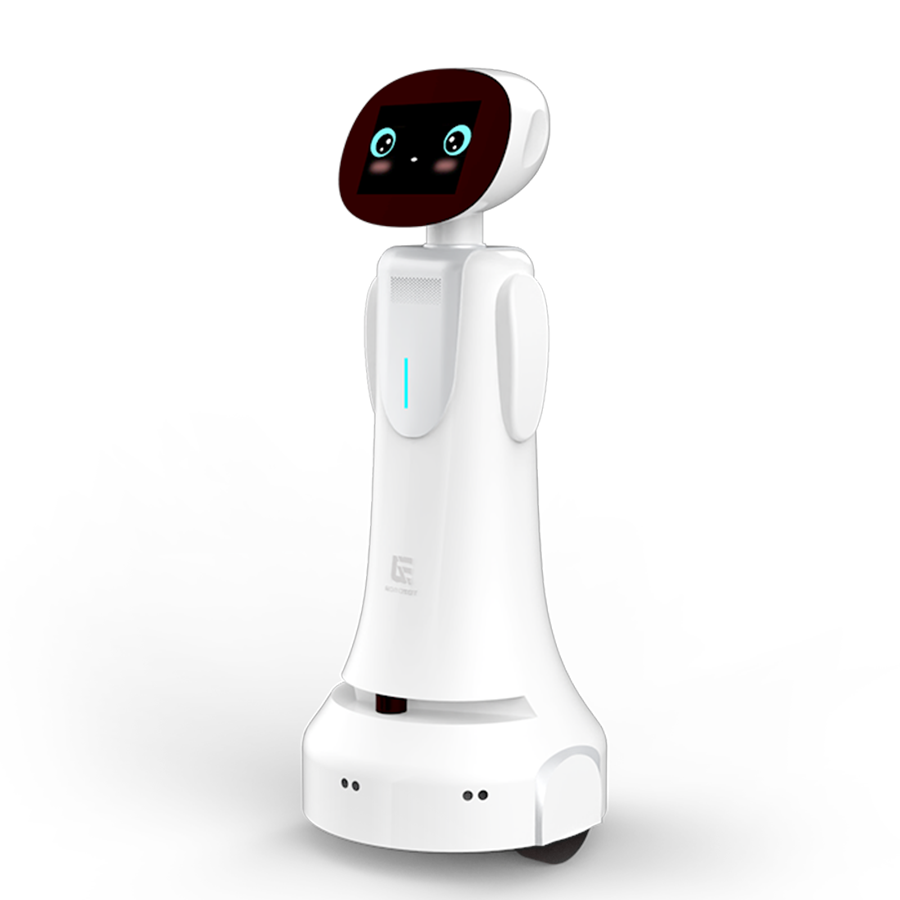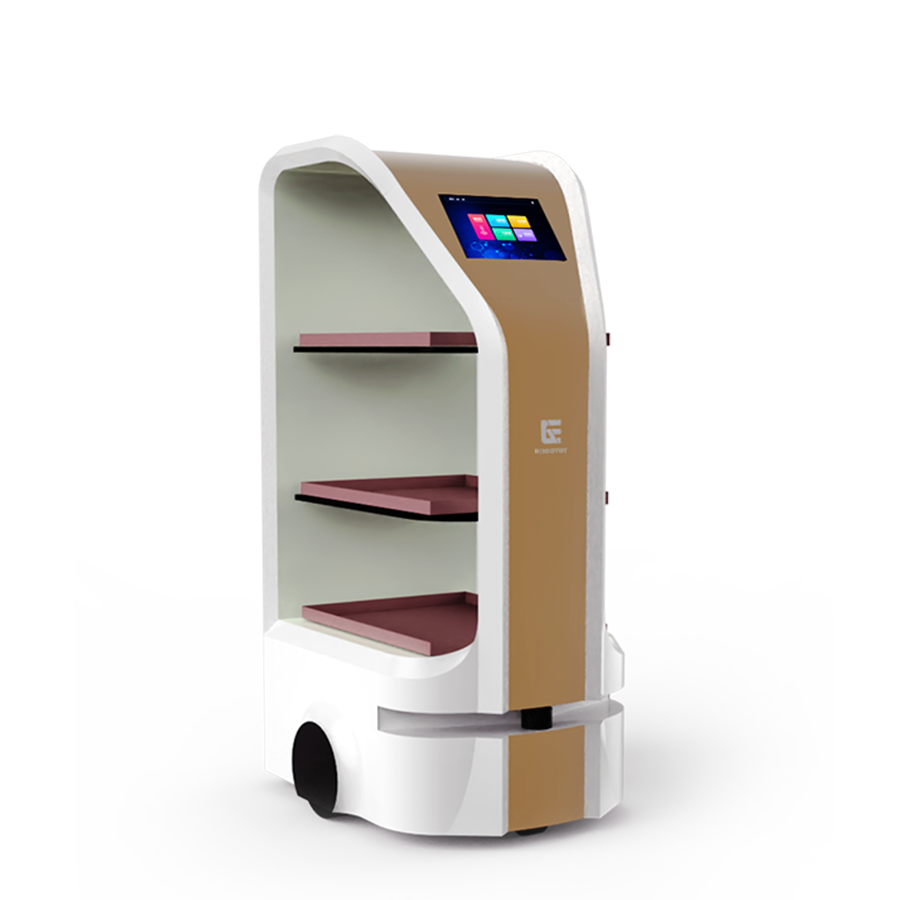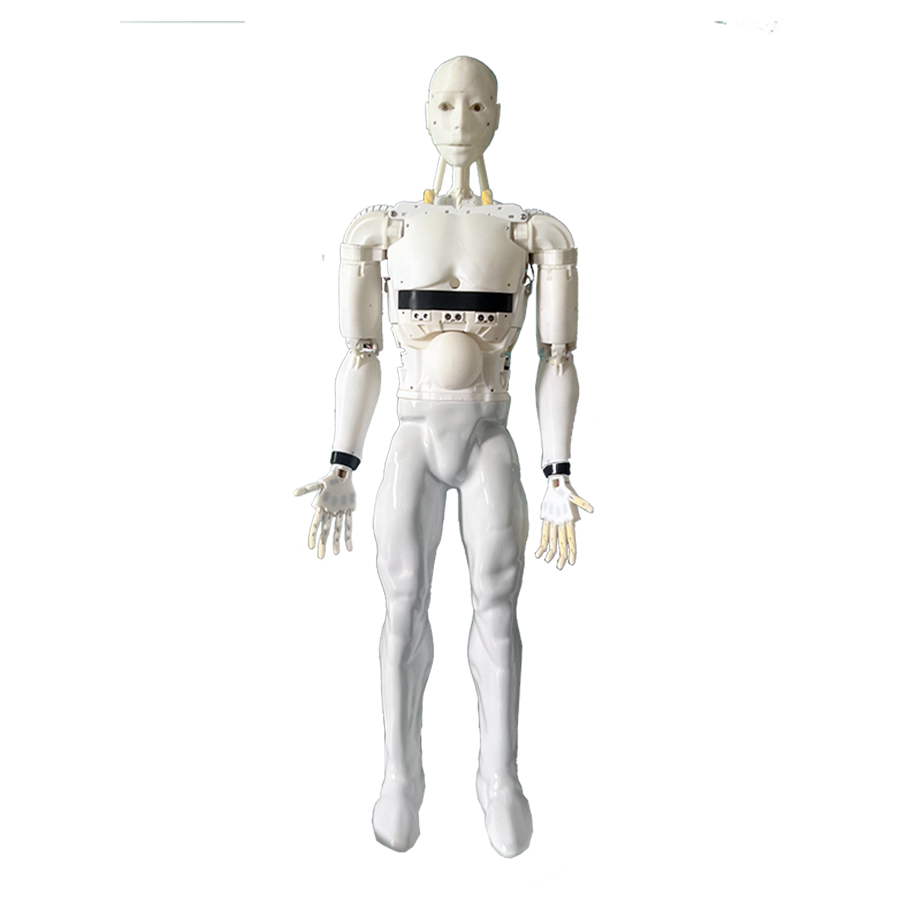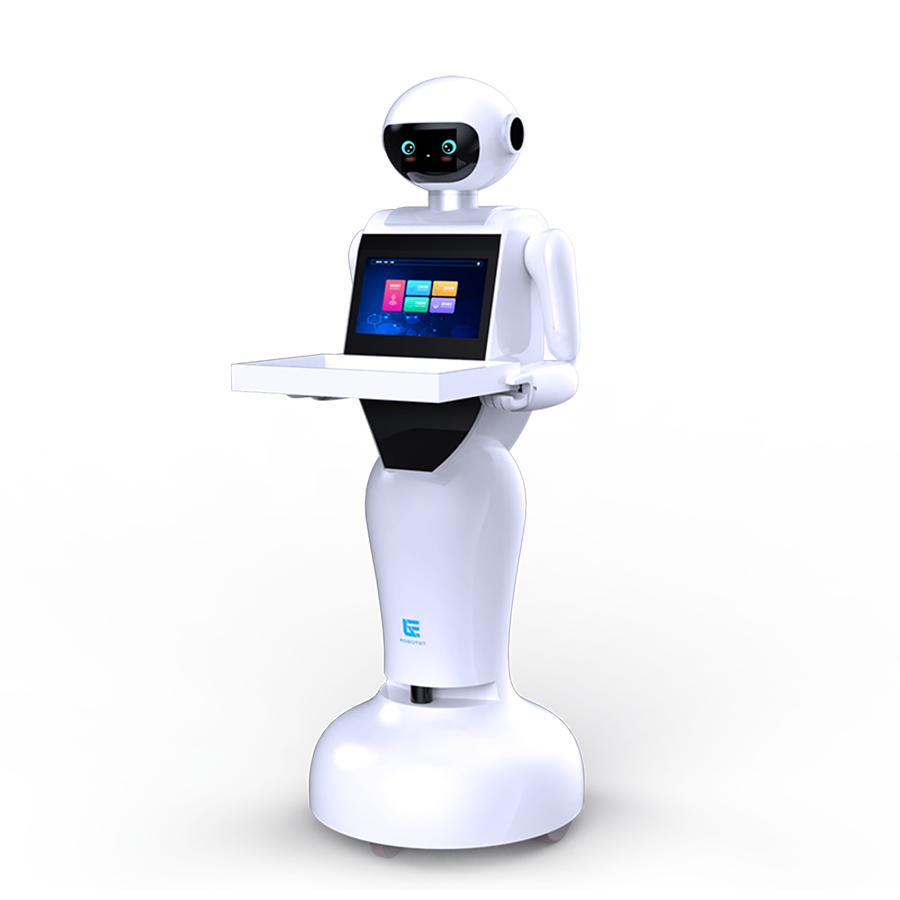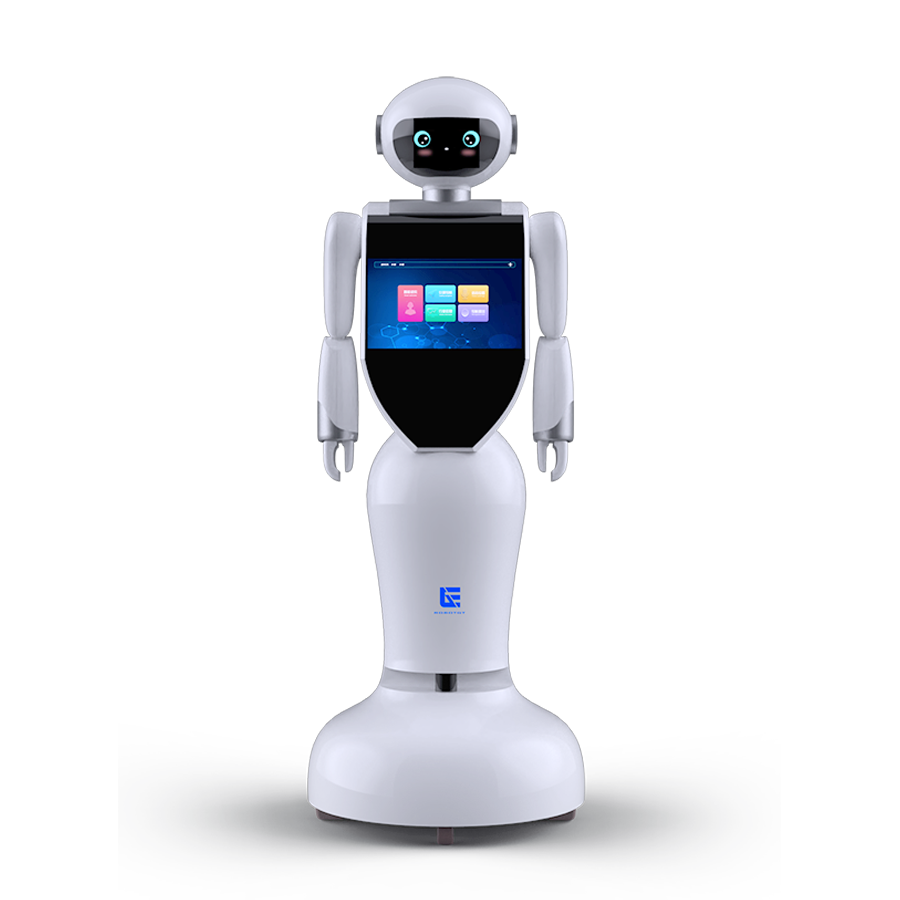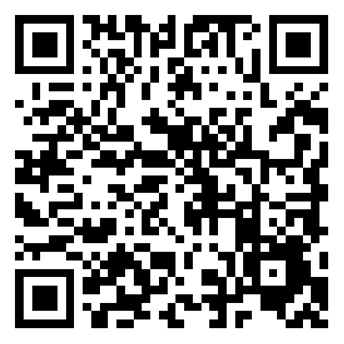

What are the common forms of mobile mechanisms for mobile robots?
2024-01-28
There are various forms of mobile robots, and the specific choice depends on the application scenario and task requirements of the robot. The following are some common forms of mobile institutions:
Wheeled mobile robot: Wheeled mobile robots use wheels as the main means of movement. They can have two or more wheels and can move forward, backward, and turn by controlling the rotation of the wheels. Wheeled mobile robots are suitable for flat indoor environments, with common examples including home sweeping robots and warehouse inspection robots.
Crawler mobile robot: Crawler mobile robots use tracks as the main means of movement. They move on uneven or obstructed surfaces by controlling the rotation of the tracks. Tracked mobile robots have good obstacle crossing performance and stability, common examples include military robots and exploration robots.
Legged mobile robot: Legged mobile robots use leg structures to achieve movement. They can mimic the gait of animals, have strong adaptability and flexibility, and can walk in complex terrains. Legged mobile robots are commonly used in fields such as exploration, rescue, and bionic research, such as humanoid robots and quadruped robots.
Orbital mobile robot: Orbital mobile robot moves along a predetermined track. They can achieve accurate positioning and navigation through tracks or guides, suitable for scenarios that require precise movement, such as material handling robots on industrial production lines and conveying robots in hospitals.
Aircraft mobile robots: Aircraft mobile robots use aircraft structures, such as drones, aircraft robots, etc. They achieve free three-dimensional spatial movement through rotor or jet propulsion. Aircraft mobile robots are suitable for scenarios that require large areas, high speeds, or difficult to reach, such as aerial drones and logistics delivery drones.
These forms of mobile mechanisms can be selected and combined according to different application needs to achieve effective movement and operation of mobile robots in various environments and tasks.


